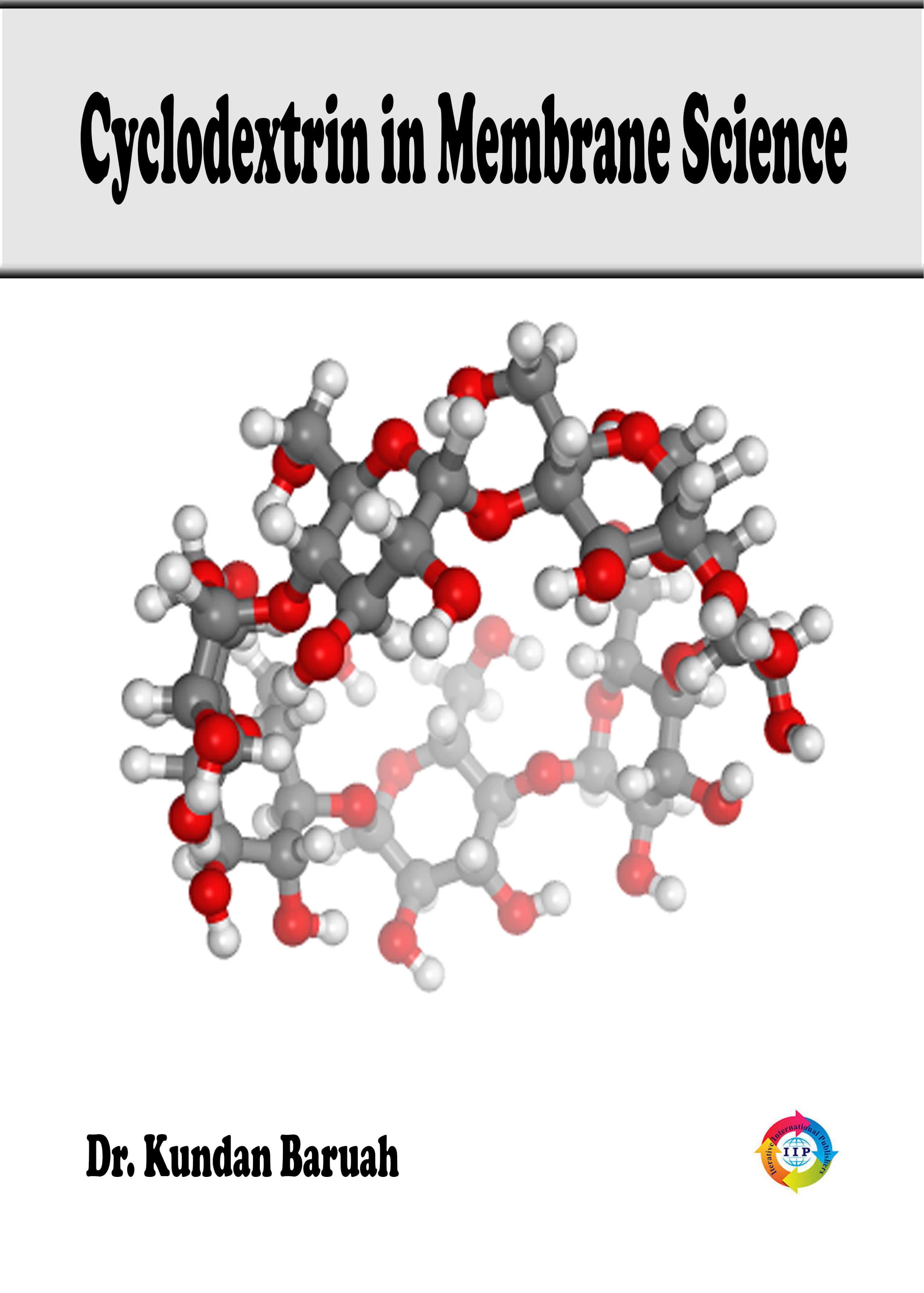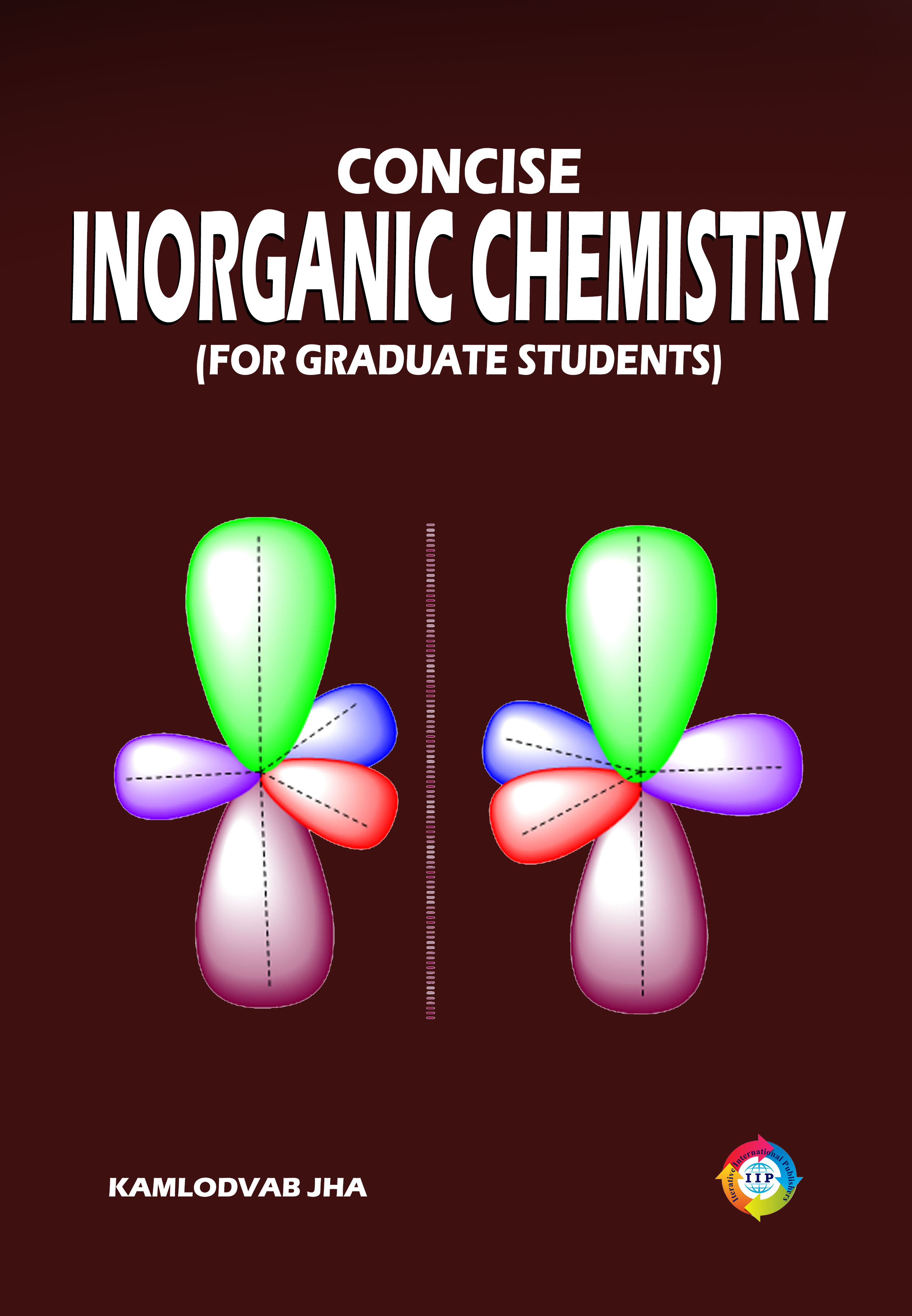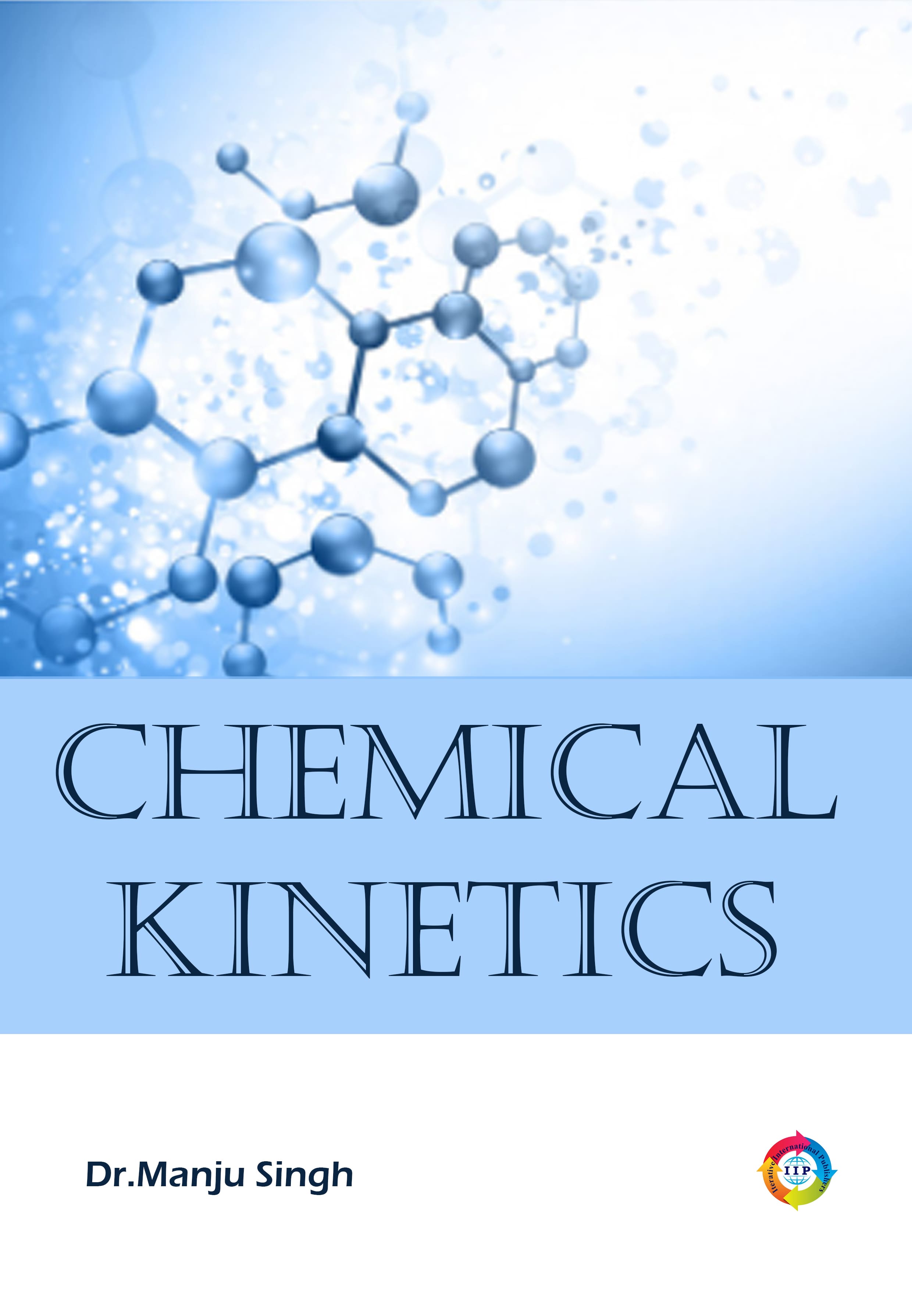
CYCLODEXTRIN IN MEMBRANE SCIENCE
-
TypePrint
- CategoryAcademic
- Sub CategoryPhD Thesis/Thesis
- StreamChemical Science, Material Science & Nano Technology
The present book entitled “Cyclodextrin in Membrane Science” reports the preparation and characterization of Cyclodextrin-Polysulfone composite nanostructured membranes, their Application and Quantum mechanical studies on membrane substrate interaction. The findings of the book are presented systematically into seven chapters including general introduction and computational methodology. Summary and future work plan are described in chapter 8. This abstract contains the summary of each chapter. This Chapter 1 includes a brief introduction to cyclodextrin, membrane science, and theoretical aspects of membrane substrate interaction. Cyclodextrins have a remarkable capacity to form host-guest complexes in solution or in the solid state with organic molecules and it possesses an unique self-assembling behaviour. Therefore, complexation with cyclodextrin is a good choice in extraction techniques and separation of compounds. Cyclodextrin-polysulfone composite can be used as nanostructural material for designing a membrane and evaluation for solvent recovery in nanofiltration (NF) mode. NF Membrane finds wide utility because of its importance in separation and extraction of various organic molecules.
The host-guest interactions play an important role in recovery of organic solvents through membranes. Therefore, knowledge of the interactions between the two is significant for better understanding of solvent through membrane. Quantum mechanical methods are found to be efficient for studying such type of interactions. Out of different quantum mechanical methods, density functional theory (DFT) is used successfully to study interactions between molecules.
The chapter 2 describes the preparation of NF membranes and their characterization. α-cyclodextrin (α-CD), β-cyclodextrin (β-CD) and γ-cyclodextrin (γ-CD) composite with polysulfone have been considered for preparation of NF membranes composite. The effect of casting solvents on morphologies of the membranes has also been studied. The performance of the membranes has been studied using IR, NMR, XRD, TGA-DTA, and surface morphology study.
Chapter 3 describes computational methodology. DFT plays a fundamental role in explaining and understanding the basic problems of chemical interest. Reactivity descriptors defined within the framework of density functional reactivity theory (DFRT) are used to explain reactivity/stability of a species. These descriptors are classified into two; global reactivity descriptors (GRDs) and local reactivity descriptors (LRDs). GRDs such as chemical hardness, chemical potential, softness, electrophilicity, etc. are used to describe the reactivity/stability of chemical systems as a whole. LRDs are used to characterize the local reactivity and site selectivity in different chemical systems. Fukui function, local softness, local philicity, etc. are examples of LRDs. Chapter 3 describes a brief idea of DFT and DFRT.
Chapter 4 contains the adsorptive separation of dilute acetic acid and alcohols onto polymeric membrane. The adsorption experiments have been carried out in a stirred batch reactor using indigenously developed membrane. Equilibrium adsorption isotherms and kinetics have also been investigated. The kinetic data obtained at different concentrations have been analyzed using pseudo-first-order, pseudo-second-order and intraparticle diffusion model. Adsorption depends on various interactions occurring at the solid liquid interface i.e. hydrophobic, dipole-dipole and hydrogen bonding which are interpreted by considering interaction energy between adsorbent and adsorbate using Density Functional Theory and MP2 calculations. Physical properties of the membrane and Quantitative Structure Activity Relationship (QSAR) properties of the alcohols play an important role in the equilibrium of adsorption.
Chapter 5 describes the separation of acetic acid, methanol, ethanol and butanol from dilute aqueous solutions by prepared α-CD, β-CD, γ-CD membranes. The permeation performances of the prepared membranes are tested and compared the data with commercial membranes. Effect of concentration, pressure, and flow rate on flux and rejection are calculated and interpreted. Different permeation models are tested for experimental values and validated by comparing the values with the experimental data. It is observed that, in β-CD membranes, 99% recovery of acetic acid and alcohols from aqueous solution is obtained and found to be the best membrane for separation of acetic acid and alcohols tested in this study.
Chapter 6 describes the study of interactions between β-cyclodextrin (β-CD) and alcohols (methanol, ethanol and butanol) using QM/MM method at B3LYP/6-31++G(d,p):PM3 and BHandH/6-31++G(d,p):PM3 levels of theory. Thermochemical analysis of host-guest complexes are also estimated.
Effect of external electric field on the stability of CD-alcohol adduct are analyzed and described in chapter 7. We have studied the variation of interaction energy [ΔEint = Ecyclodextrin+alcohol – (Ecyclodextrin + Ealcohol)] between CD and alcohols, in presence of external electric field. Moreover, variation of global hardness, chemical potential, electrophilicity with field strength is studied. Variation of energy of the Highest Occupied Molecular Orbital (HOMO) is observed to vary with the variation of strength of external electric field. Variation of interaction energy between CD and alcohols is also estimated the presence of external electric field. Results advocates that application of external electric field in particular direction favours adduct formation. Reactivity descriptors are observed to obey MHP and MEP.
Chapter 8 describes summary and future work plan of our work. Our observations reveal that NF membranes can be prepared from α, β, γ-cyclodextrin with good morphology. Adsorption study between membrane and solvent is carried out and established the adsorption model. It was confirmed that Langmuir isotherm better fitted with the experimental data. Interaction energy between adsorbent and adsorbate is calculated from Gaussian 09. Permeation flux and rejections are found to be more than 90 Lm-2hr-1 and 98% respectively in separation of solvents from dilute aqueous solution. Suitable flux model for permeation in NF membrane is established and it is confirmed that pore flow model better fitted with experimental data. Results show that more than 90% solvent recovered from the dilute solution which also better performance than that of the film tech NF 270-400 membrane. QM/MM studies show that among the four different O-centers in β-CD, exocyclic O-center exhibit highest interaction energy with the alcohols. Application of external electric field in particular direction favours adduct formation.
Despite of lots of experimental and computational works done on CD composite membrane, still there are more to explore at the molecular level for the development of more efficient membranes.
**Note: IIP Store is the best place to buy books published by Iterative International Publishers. Price at IIP Store is always less than Amazon, Amazon Kindle, and Flipkart.





COMMENTS
No Review found for book with Book title. CYCLODEXTRIN IN MEMBRANE SCIENCE